15 Proven Tips to Bring Dead Grass Back to Life
Reviving dead grass can seem like a challenging task, but with the right approach, it is entirely possible to bring your lawn back to life. Whether your grass has suffered from drought, poor soil, or pest damage, there are several steps you can take to restore its vibrant green color. By following a few simple tips, you can improve the health of your lawn and promote strong, healthy grass. From proper watering techniques to choosing the right soil amendments, each action plays a role in helping your grass recover. In this article, we will walk you through effective ways to revive dead grass and get your lawn looking lush again. With some patience and consistent care, you will see significant improvements.
This post may contain affiliate links, which helps keep this content free. Please read our disclosure for more info.
Aerate the Soil
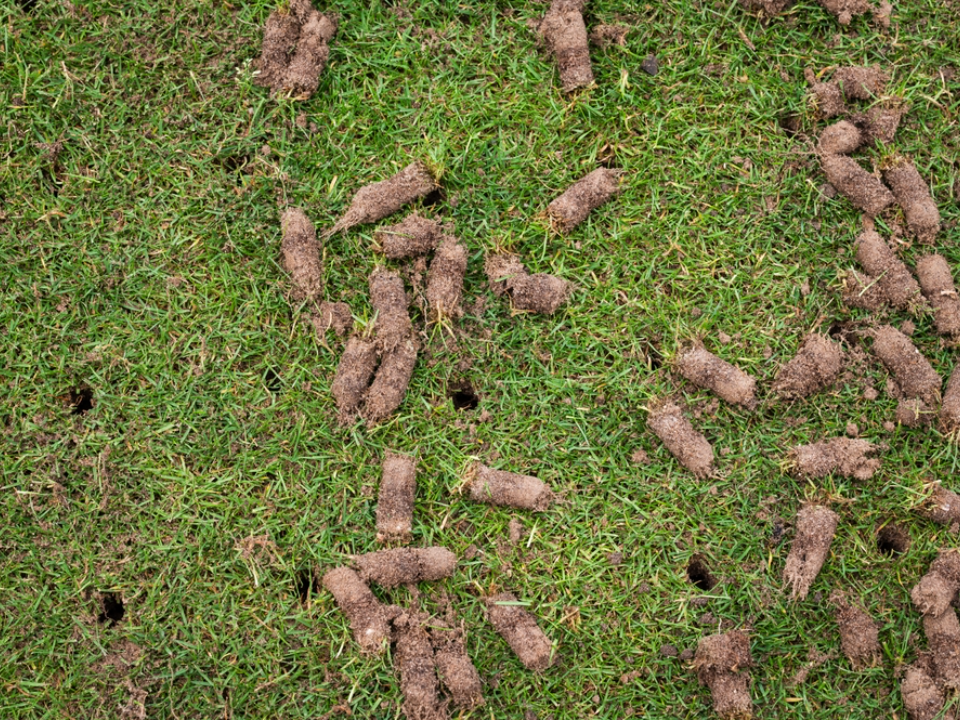
Aerating the soil is one of the best ways to improve grass health. By creating small holes in the ground, you allow water, air, and nutrients to reach the roots more easily. Over time, soil can become compacted, especially in areas with heavy foot traffic. Aeration helps to break up the compacted soil, making it easier for the grass to grow and flourish.
To aerate the soil, you can use a manual or mechanical aerator. This process should ideally be done in the spring or fall when the grass is actively growing. Aerating during these times helps ensure the soil is prepared for seed growth and nutrient absorption. After aeration, it is a good idea to fertilize and water the lawn to help the grass recover.
Reseed Bare Spots
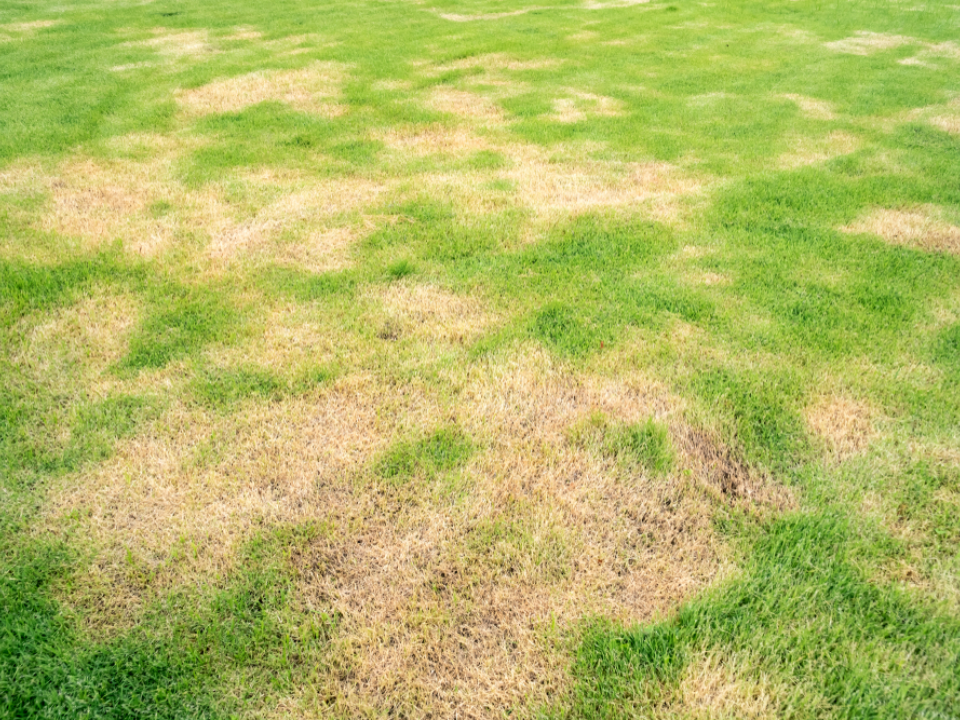
If your grass has completely died in certain areas, reseeding can help fill in those bare patches. Start by choosing a grass seed that matches the variety already in your lawn. Make sure the soil is prepared by loosening it, as this will help the seeds settle in and establish themselves better. Cover the seeds lightly with soil and water them regularly to ensure germination.
For best results, reseed in the cooler months, as grass tends to grow best when the temperatures are mild. Avoid walking on the area after reseeding, as this can disturb the newly planted seeds. Keep the area consistently moist, but not soaking, to encourage healthy seedling growth.
Water Properly
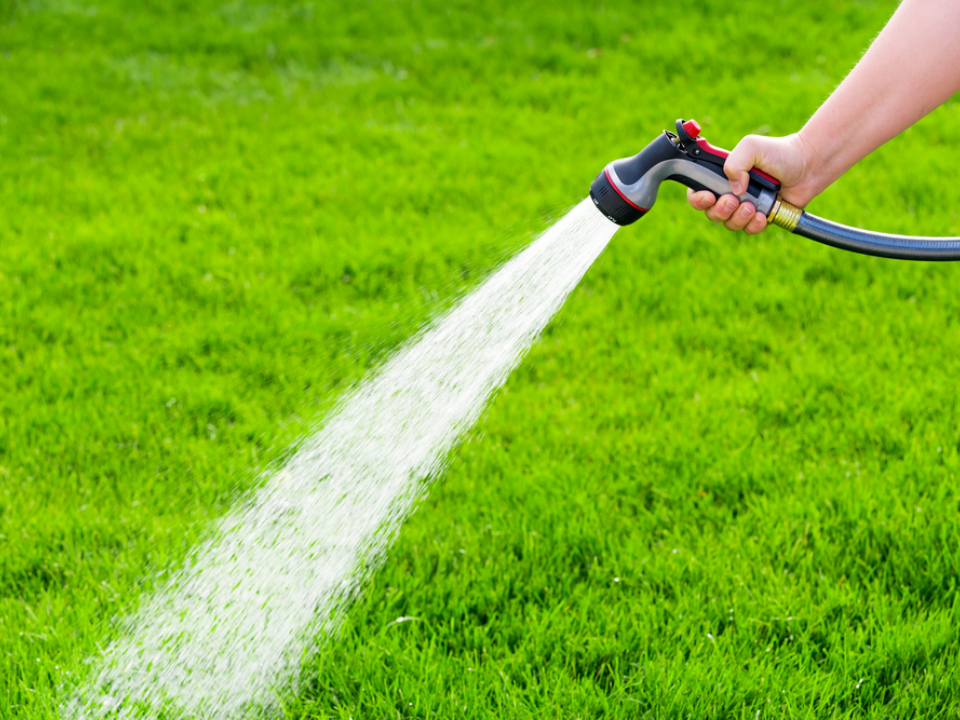
Watering is one of the most important factors in grass health. Dead grass often results from either under-watering or over-watering. For optimal growth, water your grass deeply but less frequently, aiming for about one to two inches of water per week. This encourages the roots to grow deeper, making the grass more drought-tolerant.
It is crucial to water early in the morning or late in the evening to prevent evaporation. Watering during the hottest part of the day can waste water and lead to shallow root development. By keeping a consistent watering schedule, you can ensure your grass has the best chance of thriving.
Fertilize the Lawn
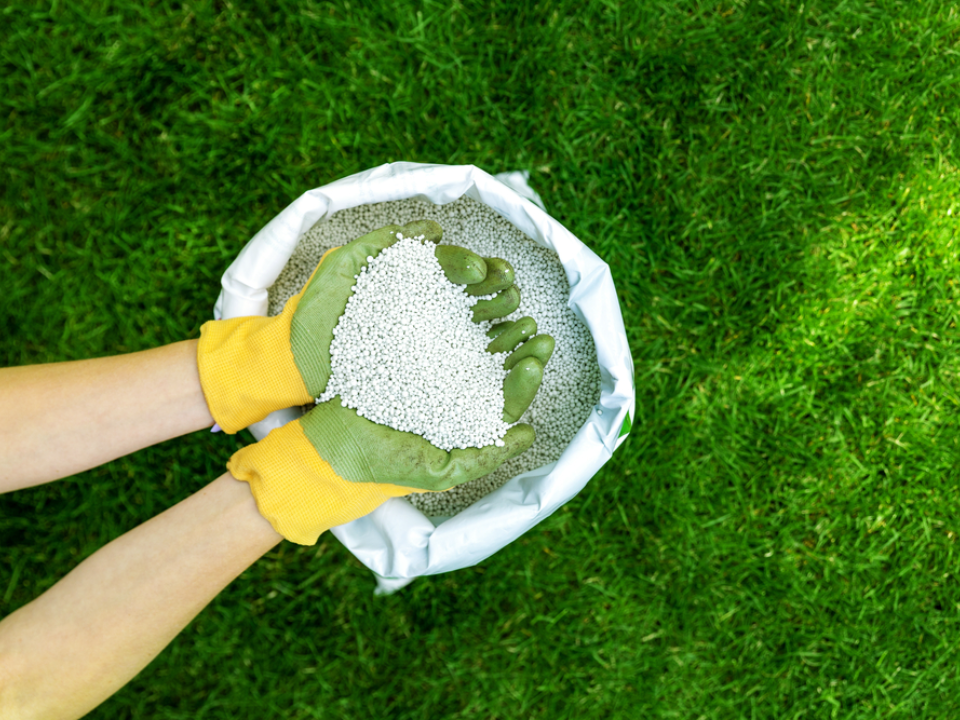
Fertilizing your lawn provides essential nutrients that support healthy growth and vibrant grass. A lack of nutrients can cause grass to turn brown and weak. Use a balanced fertilizer that provides nitrogen, phosphorus, and potassium. These elements promote strong root development and help the grass produce chlorophyll, which gives it a healthy green color.
Apply the fertilizer in the spring or fall, when the grass is actively growing. Be sure to follow the recommended application rates to avoid over-fertilizing, which can damage the lawn. A well-fed lawn is better equipped to recover from stress and maintain its green appearance.
Remove Thatch Build-Up

Thatch is a layer of dead grass and organic matter that builds up on top of the soil. When it becomes too thick, it can block water and nutrients from reaching the grass roots. Thatch build-up can prevent new grass from growing and contribute to patchy, dead areas. Removing excess thatch through dethatching helps the grass breathe and improves its access to essential resources.
Dethatching can be done with a dethatching rake or a dethatching machine, depending on the size of your lawn. For best results, dethatch when the grass is actively growing, such as in early spring or early fall. After dethatching, make sure to reseed and fertilize the lawn to promote recovery.
Improve Drainage

Poor drainage is another common cause of dead grass. If water tends to pool in certain areas, it can drown the grass roots and create an environment where grass struggles to thrive. Improving drainage by leveling the ground or adding soil amendments can help the water flow properly, preventing excess moisture from suffocating your lawn.
In some cases, installing drainage systems like French drains can redirect water away from areas where grass is struggling. This helps keep the soil evenly moist, promoting healthy root growth. A well-drained lawn is less likely to suffer from fungal diseases and root rot, both of which can cause grass to die.
Adjust Mowing Height
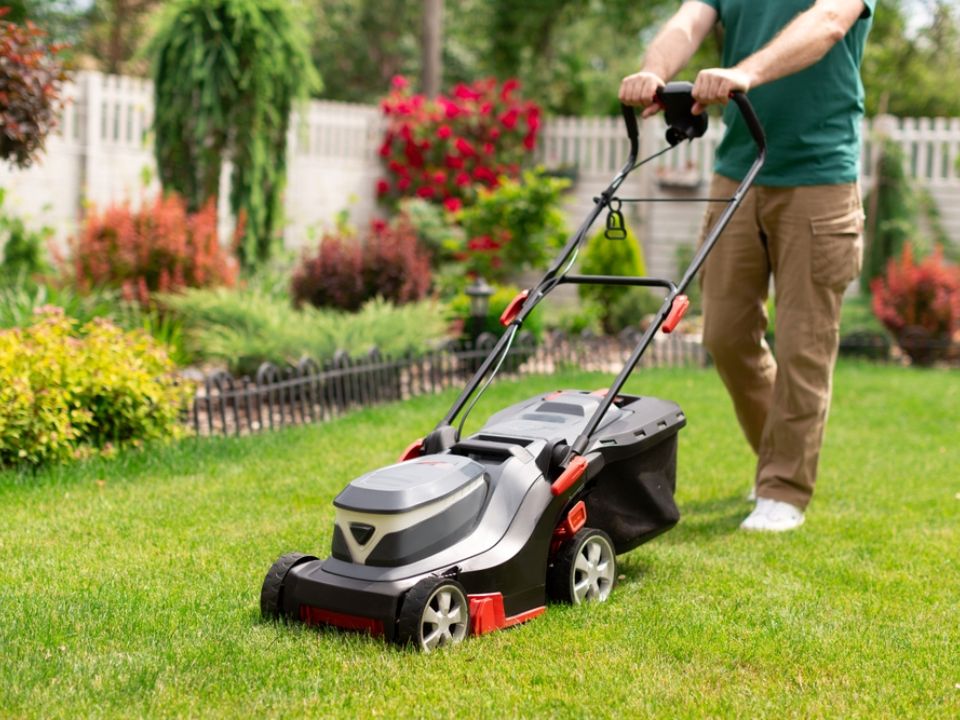
The height at which you mow your grass can have a significant impact on its health. Cutting the grass too short can stress it and make it more vulnerable to drought and disease. To keep your lawn green and strong, aim to mow the grass at a higher setting. Taller grass has deeper roots and can better shade the soil, preventing moisture from evaporating too quickly.
When mowing, make sure not to remove more than one-third of the grass blade at a time. Cutting too much at once can lead to a weakened lawn. Also, keep your mower blades sharp to ensure clean cuts that minimize stress on the grass.
Control Pests

Pests like grubs and chinch bugs can cause significant damage to your lawn, leading to dead spots. Regularly check for signs of pest infestations, such as wilting grass or areas that feel spongy when walked on. If pests are detected, apply the appropriate pest control methods, such as natural remedies or insecticides, to protect your lawn.
To prevent pests from causing harm, keep your lawn healthy by maintaining proper watering, mowing, and fertilization practices. A healthy lawn is less likely to be targeted by pests, as they prefer weak and stressed grass.
Use Lime to Balance Soil pH
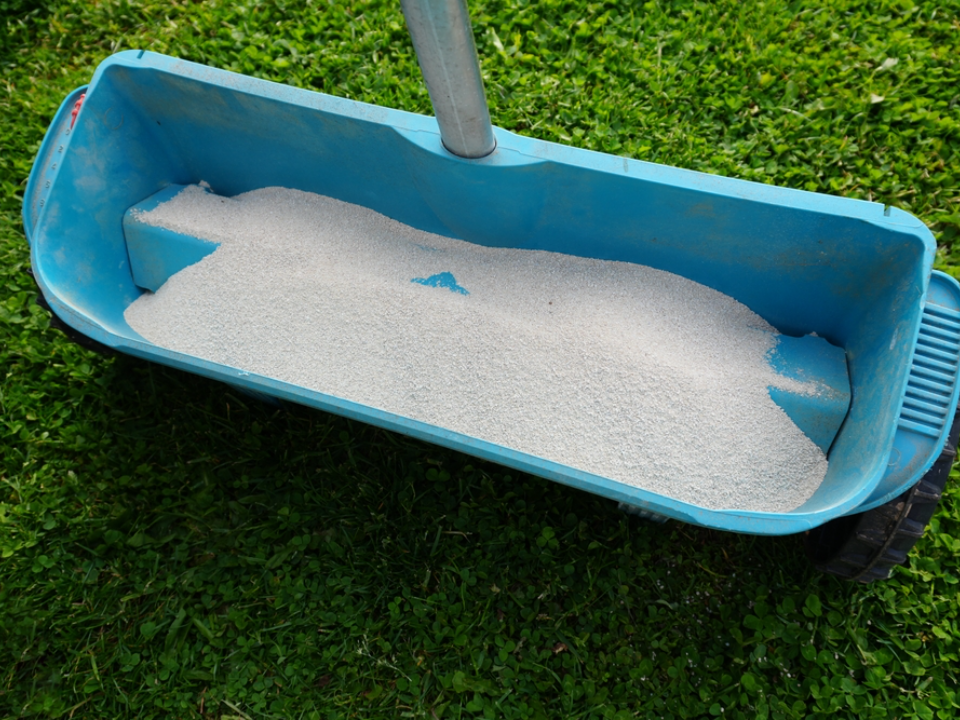
An imbalanced soil pH can prevent grass from absorbing nutrients properly, leading to poor growth and dead patches. If your soil is too acidic or alkaline, it can hinder the health of your grass. Testing your soil’s pH will help determine if lime is needed to raise the pH level and restore balance.
Applying lime to the lawn can help improve nutrient availability and promote healthy grass growth. Be sure to apply lime according to the results of your soil test, as over-application can cause other issues. It is best to apply lime in the fall, giving it time to break down and adjust the pH over the winter.
Add Compost to the Soil
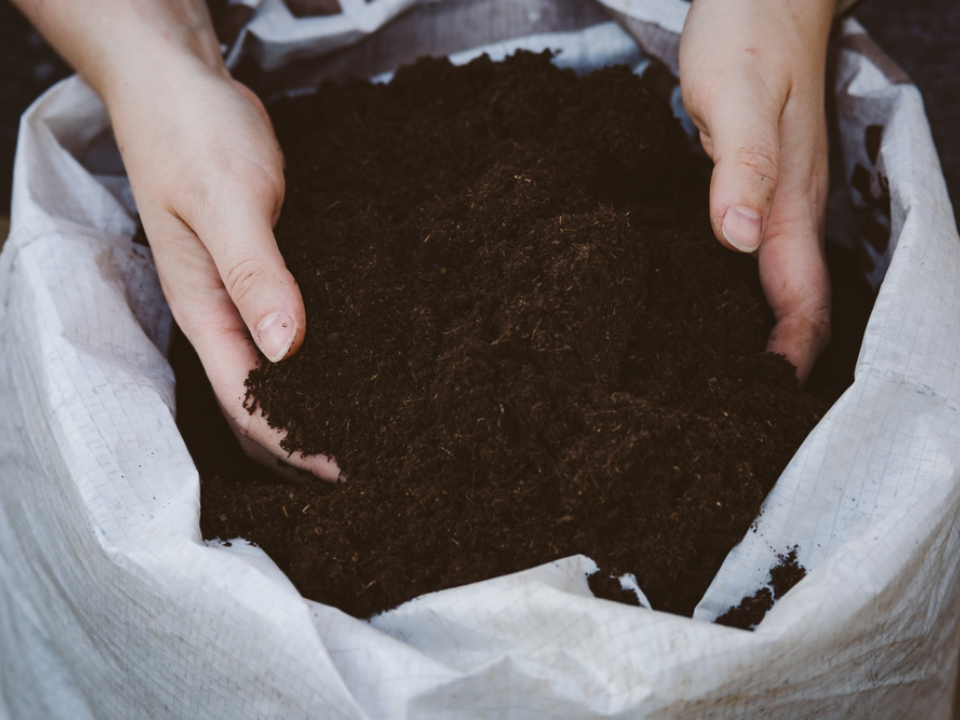
Compost is a great way to improve soil health and encourage healthy grass growth. Adding a layer of compost to your lawn helps improve soil structure, water retention, and nutrient availability. It also introduces beneficial microorganisms that promote the decomposition of organic matter, further enriching the soil.
When adding compost, spread a thin layer evenly across the lawn, avoiding smothering the grass. You can also mix compost into the soil before planting new grass or reseeding bare areas. This helps create a nutrient-rich environment that supports healthy, green grass.
Overseed Thin Areas

If your lawn is thin and patchy, overseeding can help fill in the gaps. Overseeding involves spreading grass seed over the existing lawn to encourage new growth. This method is particularly effective for lawns that have experienced wear and tear, such as from foot traffic or drought.
Before overseeding, mow the lawn short and rake up any debris. This ensures the seed has good contact with the soil. Afterward, water the lawn regularly and avoid heavy foot traffic to allow the new grass to establish itself.
Use Organic Mulch

Applying organic mulch to your lawn can help retain moisture, suppress weeds, and add valuable nutrients to the soil as it breaks down. A thin layer of mulch around your grass can prevent the soil from drying out too quickly, especially during hot months. This helps maintain a consistent level of moisture for the grass, preventing stress.
Organic mulch, such as grass clippings or shredded leaves, is an eco-friendly option that also adds organic matter to the soil. Be sure to avoid thick layers of mulch, as this can smother the grass. A light, even layer works best to enhance the lawn’s overall health.
Keep Lawn Free from Weeds
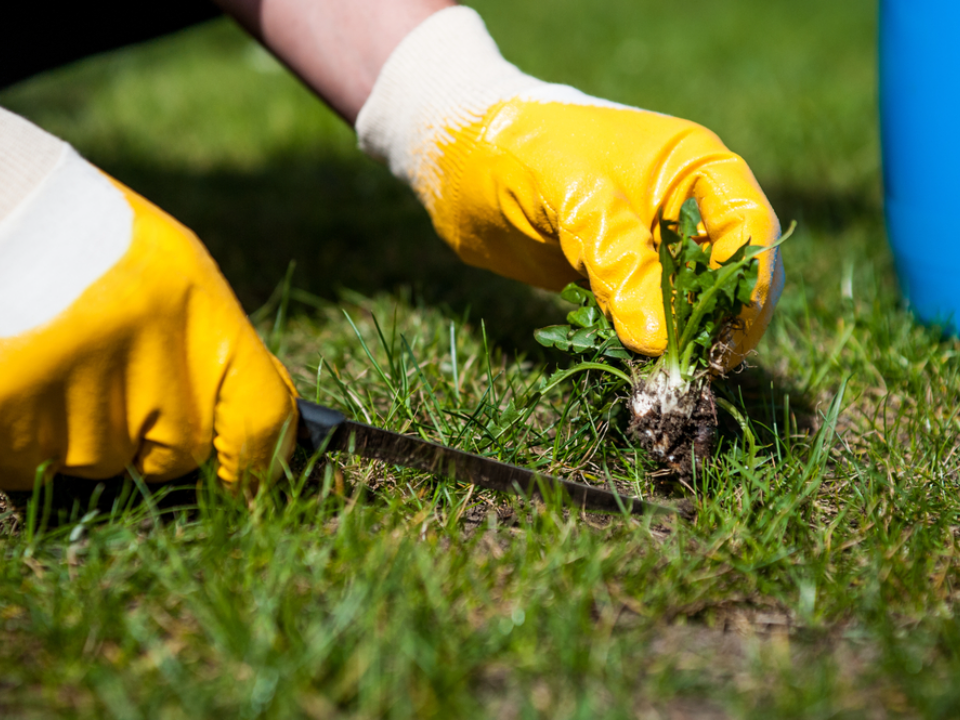
Weeds compete with grass for water, nutrients, and sunlight, which can weaken your lawn and cause patches of dead grass. To prevent this, regularly remove weeds by hand or use an organic weed control solution. This helps to reduce competition and allows your grass to grow strong and healthy.
For best results, apply weed control in the early spring or fall, when weeds are most vulnerable. Maintaining a healthy lawn through proper watering, mowing, and fertilization will also help prevent weed growth, as strong grass is better able to outcompete weeds.
Avoid Over-Fertilizing

While fertilizing is important for grass health, over-fertilizing can harm your lawn. Too much fertilizer can cause a nutrient imbalance, leading to weak, leggy grass that is more susceptible to diseases. Over-fertilizing can also burn the grass, causing brown patches that may look like dead spots.
To avoid this, follow the recommended fertilizer application rates and timing. It is better to apply smaller amounts of fertilizer more frequently than to apply large doses. Using organic fertilizers can also reduce the risk of over-fertilizing, as they release nutrients more slowly.
Protect Grass from Excessive Foot Traffic
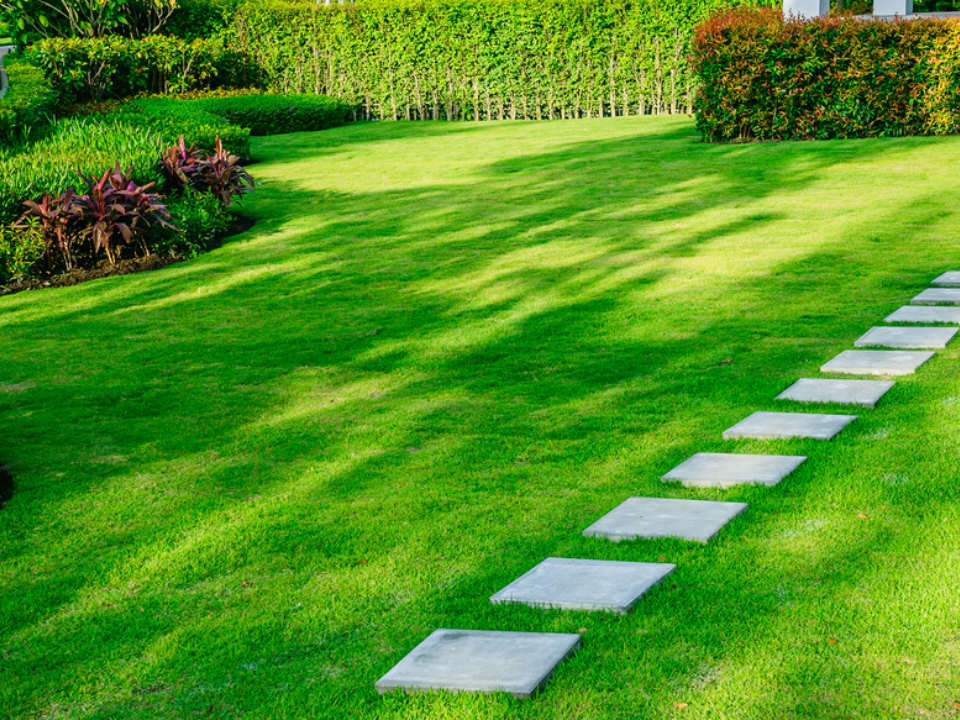
Heavy foot traffic can compact the soil, damage grass blades, and cause areas of the lawn to die. To help revive your grass, limit foot traffic, especially in areas that are already stressed. Consider adding steppingstones or creating pathways to direct traffic away from the lawn.
If certain areas are particularly worn down, consider overseeding or reseeding those spots. Providing these areas with the necessary time to rest and recover will help restore the health of the grass.
This article originally appeared on Avocadu.
